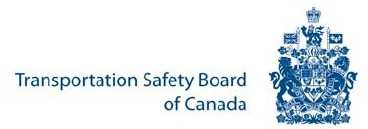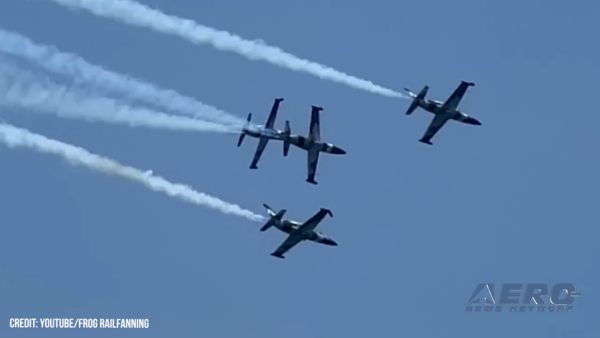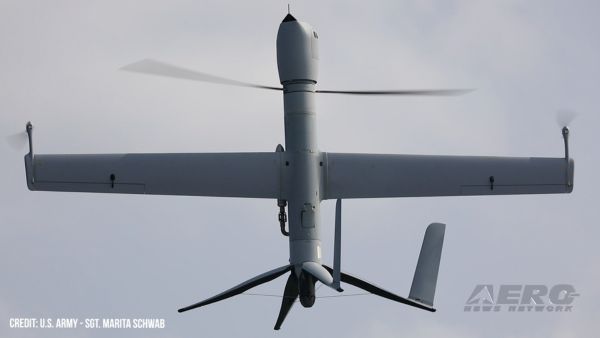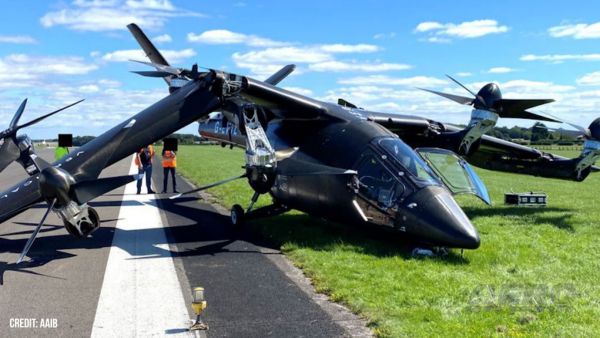Fri, Nov 21, 2014
Study To Begin Early Next Year
In a speech Wednesday to the Air Transport Association of Canada, Kathy Fox, Chair of the Transportation Safety Board of Canada (TSB), announced that the TSB will launch an in-depth Safety Issues Investigation (SII) into the risks that persist in air taxi operations across Canada. The study will begin early in 2015.

"The air taxi sector of the aviation industry has seen 175 deaths over the last 10 years—65% of all commercial aviation fatalities—and we need to determine why," said Ms Fox. "We'll be analyzing historical data and case studies of selected accidents in Canada as well as occurrences from other nations. We'll also be engaging industry, the regulator and other stakeholders in the coming months to gain a full understanding of the issues affecting air taxi operations."
Air taxi operations, or Canadian Aviation Regulations (CARs) 703, refer to single and multi-engine aircraft (other than turbo-jet) that have a maximum certificated take-off weight of 19,000 pounds or less, and a seating configuration, excluding pilot seats, of nine or less. Over the past 10 years, the TSB has repeatedly drawn attention to critical safety issues that contribute to accidents. These findings include recurring issues such as inadequate risk analysis of operations, crew adaptations from standard operating procedures, pilot decision-making, and deficiencies in operational control, especially in self-dispatch operations.
An SII (also known as a Class 4 investigation) is broad in scope and involves looking at multiple occurrences in order to identify the underlying safety issues, and the Board may make recommendations to address any identified systemic deficiencies. The TSB will communicate its findings once the investigation is complete.
The TSB is an independent agency that investigates marine, pipeline, railway and aviation transportation occurrences. Its sole aim is the advancement of transportation safety. It is not the function of the Board to assign fault or determine civil or criminal liability.
More News
Takeoff Roll The process whereby an aircraft is aligned with the runway centerline and the aircraft is moving with the intent to take off. For helicopters, this pertains to the act>[...]
“We’re proud of the hard work that went into receiving this validation, and it will be a welcome relief to our customers in the European Union. We couldn’t be mor>[...]
"Aircraft Spruce is pleased to announce the acquisition of the parts distribution operations of Wag-Aero. Wag-Aero was founded in the 1960’s by Dick and Bobbie Wagner in the >[...]
IDENT Feature The special feature in the Air Traffic Control Radar Beacon System (ATCRBS) equipment. It is used to immediately distinguish one displayed beacon target from other be>[...]
Aero Linx: Pararescue Air Force Pararescuemen, also known as PJs, are the only DoD elite combat forces specifically organized, trained, equipped, and postured to conduct full spect>[...]
 ANN's Daily Aero-Term (05.10.24): Takeoff Roll
ANN's Daily Aero-Term (05.10.24): Takeoff Roll Aero-News: Quote of the Day (05.10.24)
Aero-News: Quote of the Day (05.10.24) Aero-News: Quote of the Day (05.11.24)
Aero-News: Quote of the Day (05.11.24) ANN's Daily Aero-Term (05.11.24): IDENT Feature
ANN's Daily Aero-Term (05.11.24): IDENT Feature ANN's Daily Aero-Linx (05.11.24)
ANN's Daily Aero-Linx (05.11.24)



